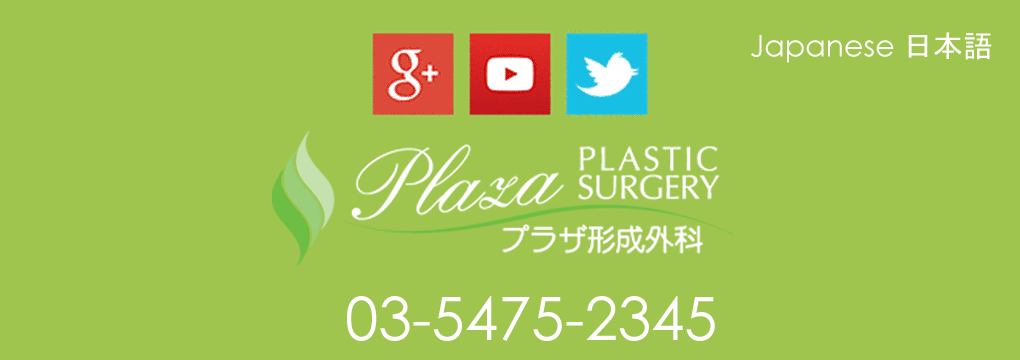Many people are worried about not being able to breastfeed because their nipples do not come out properly. If your nipples come out with a little stimulus or massage, you can often breastfeed during pregnancy by wearing a silicone cap or other device, which is usually not covered by insurance.
On the other hand, if the nipple does not come out at all when stimulated or with orthodontic devices, it may be a severe inverted nipple. In this case, one-day surgery with local anesthesia can be used under Japanese health insurance. There are various surgical styles for inverted nipples, but we are considering breastfeeding in the future as much as possible.
Specifically, after removing the strong fibrous scar tissue that is pulling the nipple downward, it is reinforced so that the nipple does not sink into the base (bottom part) of the areola. In addition, perform 2-3 Z-plasty on the boundary between the areola and the nipple to push up the nipple. The above is the general method, but in addition to this, in the case of the severity of the inverted nipple and the case of recurrence, a different surgical method is also adopted.
At our clinic, we always ask what is best for each patient’s condition in all surgery and treatment, and try to get the best result.




